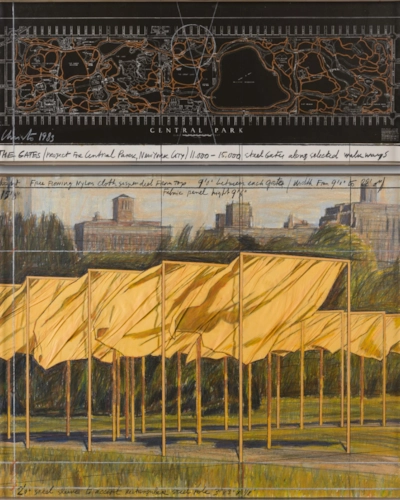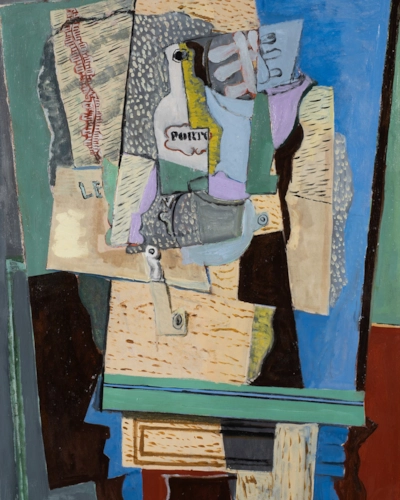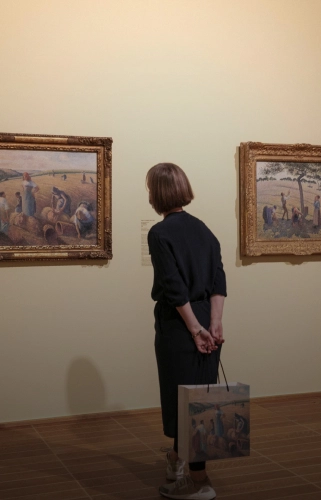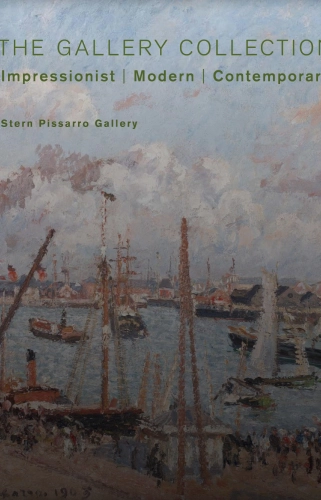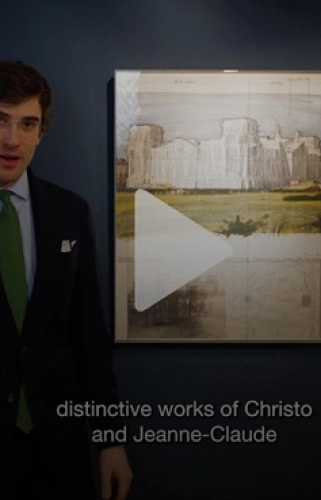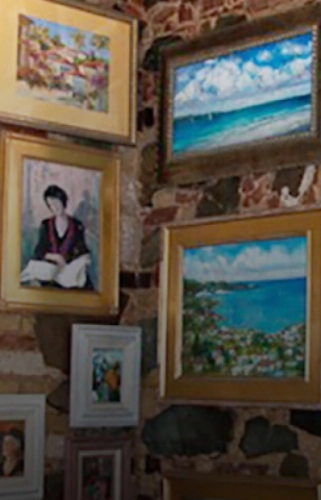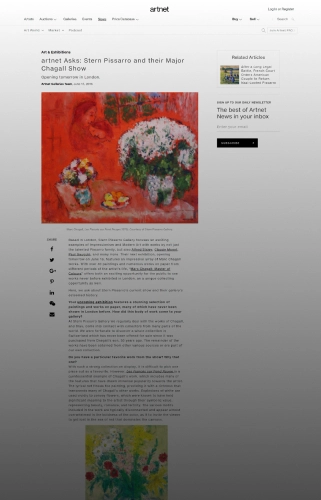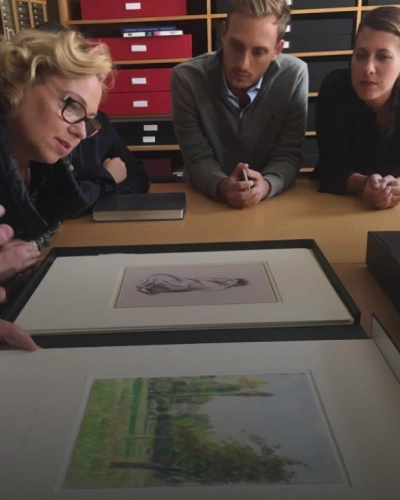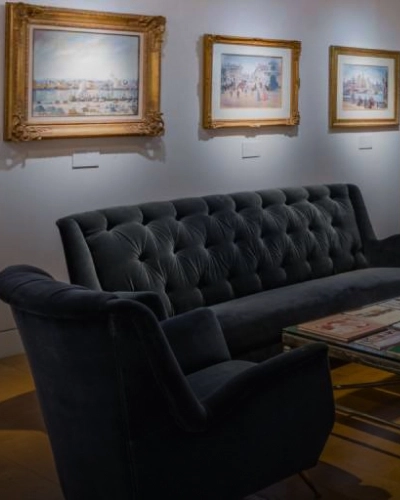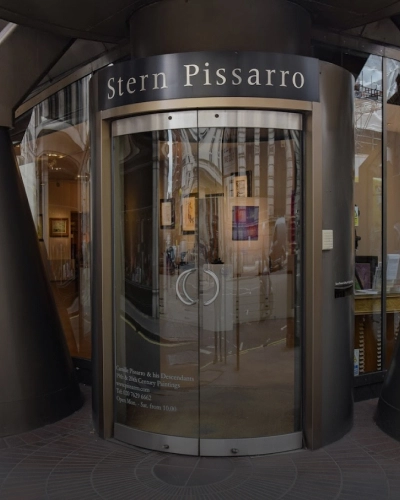Henri Manguin
(1874 - 1949)
biography
Marrying in 1899 to Jeanne Marie Carette – who would become his model and muse for over thirty years – Manguin and his wife moved to Batignolles in the north of Paris, where their home became a centre for intellectual discussion and artistic innovation. The influential Parisian art dealer Berthe Weill soon gave Manguin his first exhibition at her nearby gallery in 1900 and the following year Manguin commenced a decade of annual exhibitions with the Salon des Indépendants. In the seminal year of 1905, exhibiting at the now-famous Salon d'Automne - alongside contemporaries that included Matisse, Marquet, Camoin, Raoul Dufy and André Derain - Manguin and his friends’ ground-breaking work was described by the famous art critic Louis Vauxcelles as that of 'les fauves' or ‘wild beasts’. These ‘wild beasts’ and their anti-naturalistic use of colour immediately became known as Fauvist.
That summer Manguin – often described as the ‘painter of happiness’ – rented with his family a villa at Saint-Tropez in the south of France and the beauty of the little town instantly captivated him. Returning there throughout his life, the influence of its luminous setting is evident in his best paintings, many of which were exhibited during his lifetime across Europe, Russia and the United States. Manguin returned to St. Tropez after the Second World War, where he died in 1949.
biography
